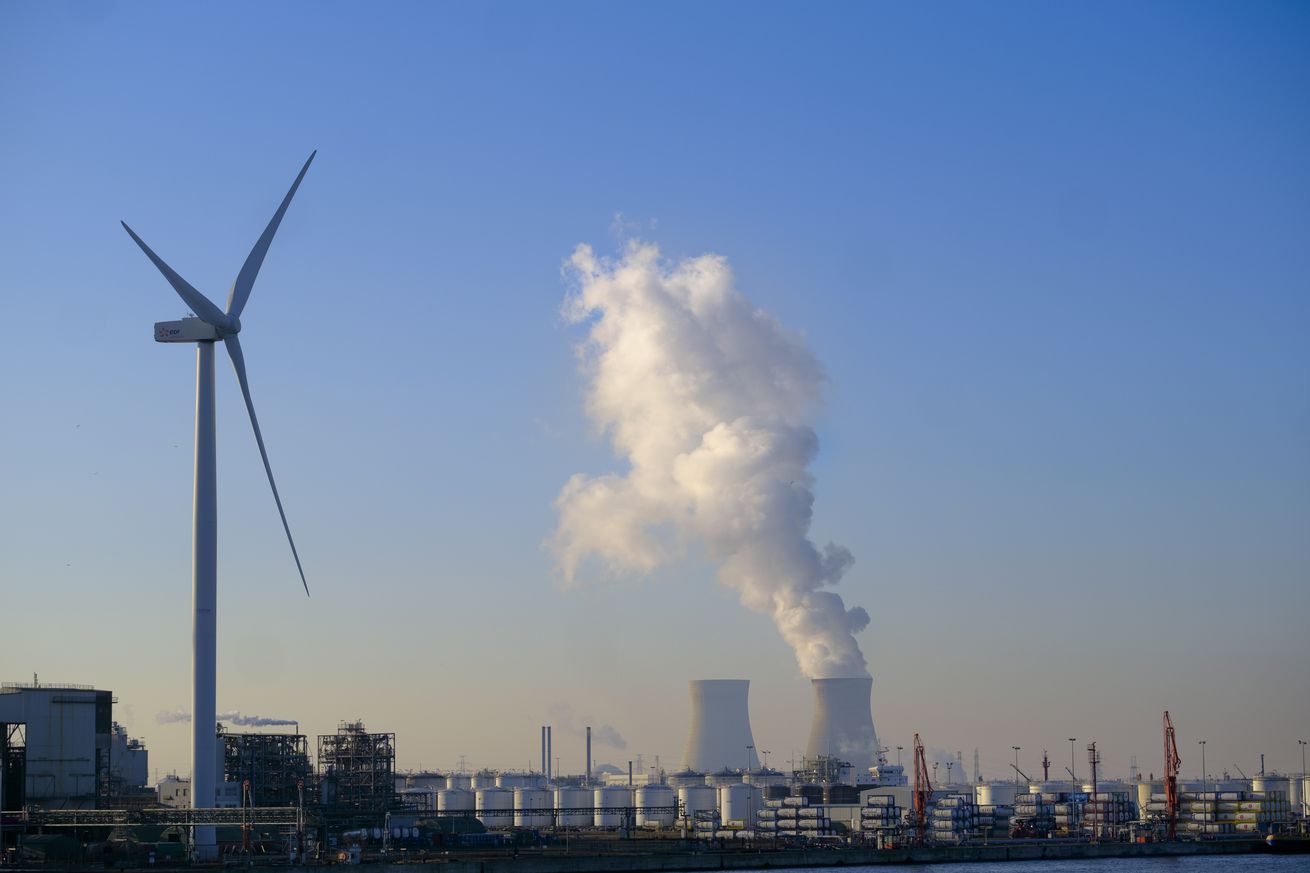
Renewable energy forecast to dominate global power sector growth by 2025
Nearly all of the world’s new electricity supply over the next few years will come from renewable and nuclear energy, pushing out fossil fuels and curbing climate pollution from electricity, according to a new analysis by the International Energy Agency (IEA).
“We are close to a tipping point”
Carbon pollution-free sources of energy are expected to meet more than 90 percent of new electricity demand globally through 2025. Most of that will come from renewables, including solar, wind, and hydropower. Nuclear energy is also seeing a modest resurgence, bolstering the agency’s bullishness on carbon-free power.
Those gains should loosen fossil fuel’s grip on electricity generation. After peaking in 2022, carbon dioxide emissions from the power sector could finally start to plateau or fall. “We are close to a tipping point for power sector emissions,” IEA executive director Fatih Birol said in a press release today.
By 2025, the IEA expects renewable energy to account for 35 percent of the world’s electricity generation. That would give it a narrow victory over coal, which is forecast to fall to 33 percent of power generation in the same time period. Nuclear energy grows slowly to generate roughly 10 percent of the world’s power supply, while gas maintains about 20 percent.
As nearly every country on Earth attempts to meet clean energy goals established in the Paris agreement, the global electricity mix is shifting. To limit global warming to the targets set out in that accord, greenhouse gas emissions have to fall to net zero by 2050. It also helps that solar and wind energy have become remarkably affordable, becoming the cheapest ways to generate electricity in much of the world.
Even so, climate change is already wreaking havoc on our energy infrastructure through more extreme weather. Wind, solar, and hydropower generation ebb and flow with the seasons. But hydropower in particular was hit hard last year by drought across the US, Europe, and China. Drought also curtailed nuclear energy in France since some plants use river water to cool reactors.
Bad weather drives up demand for electricity to keep homes at bearable temperatures. It’s a recipe for disaster when those demand peaks coincide with supply shortages during extreme heat and cold spells. In worst-case scenarios, that triggers power outages — robbing people of heat and air conditioning when they need it most.
Those predicaments show that power supply and demand are becoming increasingly reliant on the weather, the IEA says in its report. It puts a lot of pressure on power grids to become cleaner and more resilient, fast.

